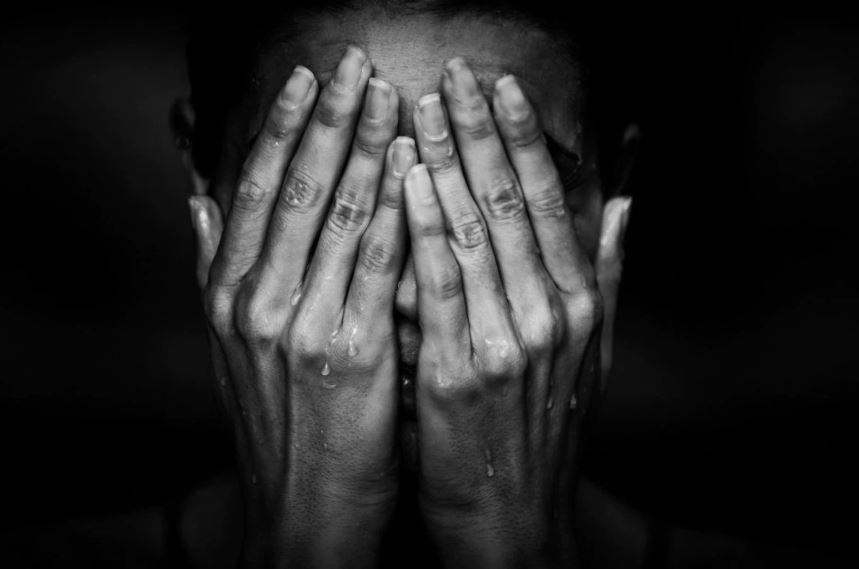Last week, I received an email from one of our blog readers describing boundary violations. I was touched by her courage in sharing these painful moments and also by her creative spirit: She transformed her crappy experiences into a thoughtful, relatable essay.
Heather (not her real name) gave me permission to share her stories with you. Trigger Warning: The content below contains descriptions of non-consensual touch. Here’s Heather:
“There is no such thing as a bad hug”
That’s what my friend told me. In the moment I agreed with her. But when I stopped and thought about it, I’ve had a different experience. I’ve been the recipient of at least two bad hugs in my life.
The first bad hug was from my now ex-husband.
I was at my parent’s house in the living room. I had come to stay with them, temporarily I thought, because he had been drinking a lot and behaving erratically around the kids. We needed a safe place to be until he got sober. I didn’t leave on good terms. I was not in the mood for touch from him. So when he came towards me after I had told him to “please leave” I began yelling, “no…No…NO!” Each “no” increasing in volume.
He went for me anyway, grabbing me in a hug.
A very non-consensual hug.
In front of my five year old son.
I didn’t fight.
I froze.
What was I going to do? Fight him, physically? In front of our kid?
Over a HUG?!?!?
He is much bigger than me anyway, a boxer, so when things got physical I never fought back. Ever. He used to try to start physical fights and I would just curl up into a ball and do nothing.
Hearing me yell, my mom ran into the room. He released me then, casually greeted my mother, and left through the front door.
“Mommy, he only wanted to give you a hug,” said my son.
“He’s not allowed in my house anymore,” said my mom.
The second bad hug was from my neighbor.
The one with the beautiful accent. The one who talked about Jesus a lot. Who seemed really concerned for me the day that I couldn’t hold back the tears. The one who lent a sympathetic ear, and offered a hug, a friendly shoulder to cry on.
But once I accepted the hug, he wouldn’t let go.
I pulled back…but it was too late.
I was trapped.
He is older, white hair, seeing impaired and I didn’t want to hurt him physically by fighting.
But maybe I should have.
He felt me pull and instead of letting go, he said,
“Oooh, Heather, I can feel your tiny little boobies pressing into my chest.”
My face turned crimson, as I simultaneously felt dizzy and adrenaline rushed into my system from the unexpected betrayal of trust. It was hard to think of what to do. What does one do in this situation? Is there a social precedent?
I suddenly became aware of car keys in my hand. I tapped him on the shoulder with them. Just to let him know I had a weapon and was currently withholding from using it.
“Let go” I said.
He let go.
When new neighbors moved in on the other side, neighbors with two adorable little girls, I warned the mama about him.
“Stay away, he’s not safe,” I said.
“Thank you for telling me,” she said.
The end of Heather’s essay
It’s Jean again. Let’s take a breath together shall we?
<breathe in>
<breathe out>
Though Heather’s essay ended there, my thinking about it continues. Here are some of the themes:
- The terrifying reality of a person poisoned with toxic masculinity housed in a body trained for fighting
- Simulating compassion to gain access to another person’s body
- And a ray of light: Women protecting other women
I think of Heather as a survivor – a woman who has been through awful things and has come out the other side. This blog is dedicated to Heather and those who are still in the trenches. This one’s for survivors.

